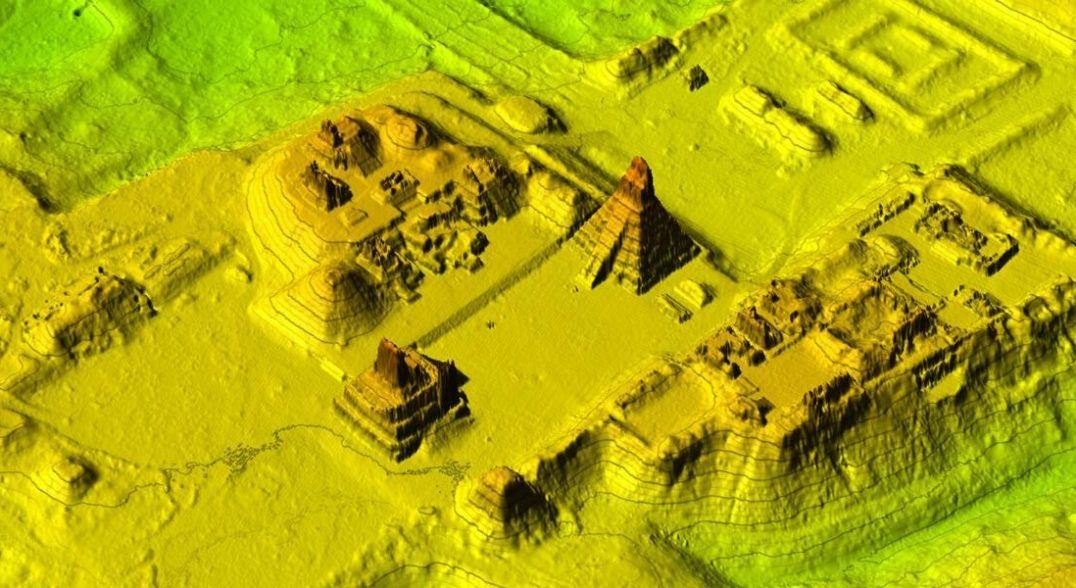Unlocking Ancient Mysteries: LiDAR's Transformative Role in Archaeology
The field of archaeology has long been associated with uncovering the mysteries of our past through meticulous excavation and analysis. However, with the rapid advancement of technology, a new tool has emerged that is changing the way archaeologists explore and understand ancient civilizations: LiDAR (Light Detection and Ranging) technology. This groundbreaking technology is revolutionizing archaeological research by revealing hidden landscapes, structures, and artifacts with unprecedented accuracy and detail.
The Power of LiDAR in Archaeology:
LiDAR technology, utilizing laser pulses to measure distances and create detailed 3D models of objects and terrains, has proven to be a game-changer in archaeological exploration. By emitting laser beams and measuring their reflection, LiDAR systems generate "point clouds" of data that provide intricate insights into landscapes, uncovering previously obscured details with incredible precision.
Applications in Archaeology:
Site Discovery and Exploration: Traditional archaeological surveys involve physically walking over terrain, which can be time-consuming and may not reveal all the hidden features. LiDAR scans can cover large areas in a short time, highlighting subtle features like ancient roads, settlement patterns, and even structures that have long been buried or overgrown.
Mapping and Documentation: LiDAR-generated maps offer detailed documentation of archaeological sites and landscapes, aiding in preservation efforts and providing a comprehensive record for future generations.
Urban Archaeology: In densely populated areas, LiDAR technology is particularly valuable. It can penetrate through modern infrastructure to reveal ancient streets, buildings, and other urban features that hold clues to historical city layouts.
Forestry and Vegetation Analysis: LiDAR's ability to penetrate vegetation is incredibly beneficial in uncovering archaeological sites hidden beneath dense forests or jungle canopies. This is especially valuable in regions like Central America and Southeast Asia.
Cultural Heritage Management: LiDAR assists in assessing and managing cultural heritage sites, aiding in protection and conservation efforts by identifying potential threats or encroachments.
Revolutionizing Research:
The integration of LiDAR technology into archaeology has revolutionized how researchers approach their work. What would have taken years to uncover through traditional methods can now be accomplished in a matter of days or weeks with LiDAR scans. This not only accelerates the pace of archaeological discoveries but also minimizes potential damage to delicate historical sites.
Furthermore, LiDAR provides a non-invasive way to explore, preserving the integrity of sites and artifacts while still allowing researchers to gather vital data. This technology has fundamentally changed the way archaeologists think about site exploration and documentation.
LiDAR technology has ushered in a new era of exploration and understanding in archaeology. Its ability to reveal hidden landscapes and structures has transformed the way researchers approach their work, accelerating the pace of discovery and enhancing the accuracy of documentation. As the technology advances and becomes more accessible, the collaboration between archaeologists and LiDAR experts is poised to reshape our knowledge of the ancient world, unlocking mysteries that have remained hidden for centuries.


